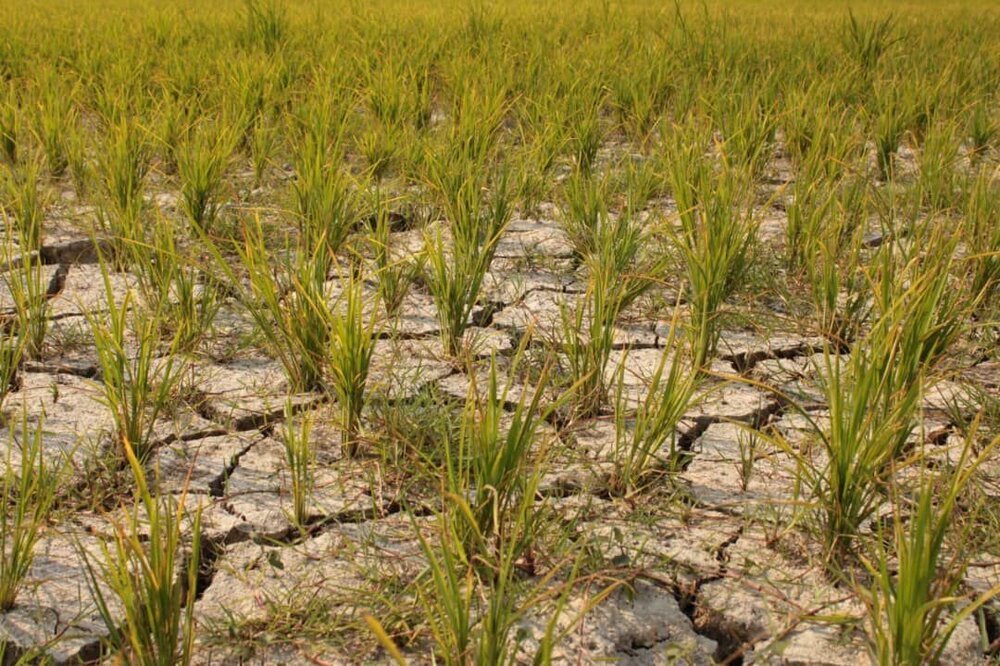Self-sufficiency in rice production is injudicious, dangerous

TEHRAN - Agriculture Minister Seyyed Javad Sadatinejad has made some remarks on production of basic crops such as wheat and rice.
“The view of the government is self-sufficiency in wheat and rice,” Sadatinejad said in an interview posted on the hamshahrionline.ir on August 31.
His views to become self-sufficient in production of wheat is reasonable if certain regulations are observed. Also, his remarks about the need to develop greenhouses were encouraging.
However, he has also talked about the need to achieve self-sufficiency in rice production, which is injudicious and even dangerous. Sadatinejad has put the annual rice consumption in the country at 3 million tons that now one million ton of it is imported.
The minister has also boasted about a 20-percent increase in rice production in the current agricultural year.
Sadatinejad must be reminded of certain key points. He must know that currently about 20 provinces across Iran are growing paddy fields at the cost of draining groundwaters and completely draining the remaining water under the sands.
Though the rice produced in provinces other than those bordering the Caspian Sea is not that much, even that amount has caused and is causing irreparable damages. The level of underground waters has been going down alarmingly and many wells have completely dried up.
To compensate for water shortages, farmers are digging deeper wells to bring water to the surface. Regrettably, the high price of rice has made farmers more ambitious in depleting up underground water. Unfortunately, many of these wells have not been authorized by the agriculture and energy ministries. To keep the wells hidden, some have been dug up in courtyard of houses and pump waters to the lands. These two ministries are aware of these illegal wells but do nothing.
Such excessive use of underground waters is creating a situation in which these agricultural lands cannot later be used for growing other crops such as wheat, rice, and other grains. Land subsistence in certain areas of the country that have resulted from depletion of underground waters are before our eyes. Land subsistence in Isfahan province is a concrete example. These incidents are alarming. Some have even warned that some villages may be submerged due to land subsistence in certain parts of the country.
Moreover, the agriculture minister should know that a considerable number of farmers in northern provinces, especially Mazandaran, are growing rice twice a year, which is quite unadvisable.
Farmers in the provinces bordering the Caspian Sea are also using underground water in the hot of the summer and other times to irrigate their paddy fields to the extent that experts are warning that if this way continues, in coming years it may not even be possible to grow rice in these provinces.
Some of our colleagues in the newspaper, who are from Caspian Sea provinces, are saying some farmers even did not have enough water to irrigate the paddy fields at the beginning of the spring. They are also saying the level of underground waters in northern provinces are going down and farmers are forced to dig deeper wells to irrigate their paddy fields.
In view of the realities on the ground, self-sufficiency in rice production may cost Iran dearly.
Another important point that the minister must also be reminded of is that cultivation of onion in thousands of hectares of agricultural lands in the country, especially in western and northwestern provinces, is another big jolt to water resources. Sadatinejad and his colleagues are well aware that onion is a highly water intensive crop and duration of its cultivation is about at least six months. Cultivation of onion is one of the culprits for the current situation surrounding the dying Urmia Lake.
Add frequent droughts to these missteps as cultivation of water intensive crops is going on unabated.
It is necessary to bear in mind that short-term gains will cause long-term costs and irreparable damages.
